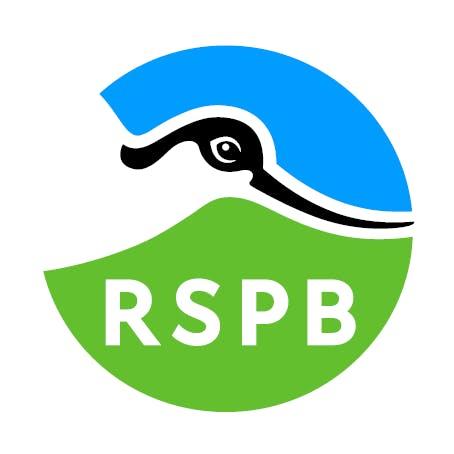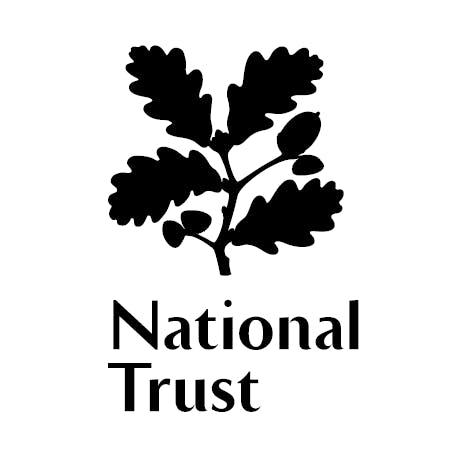Success stories – freshwater
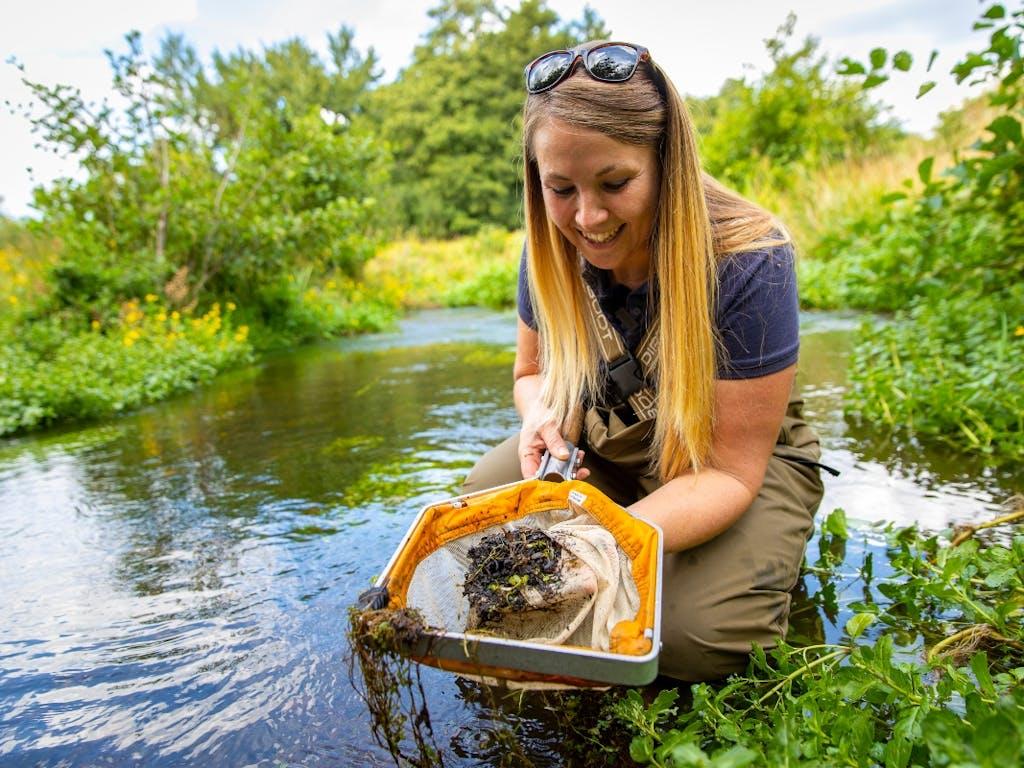

Natural flood management in Norfolk and Leicester, England
Flooding causes colossal damage and misery in the UK, but nature offers hope. WWF, together with partners Aviva, the Norfolk River Trust and Trent Rivers Trust, is working with local communities and landowners to reduce flooding along the River Soar in Leicester, as well as four river catchments in East Anglia through natural flood management.
Nature-based solutions, like planting wildflowers and grasses along riverbanks, reconnecting floodplains and restoring rivers, can reduce the risk of flooding.
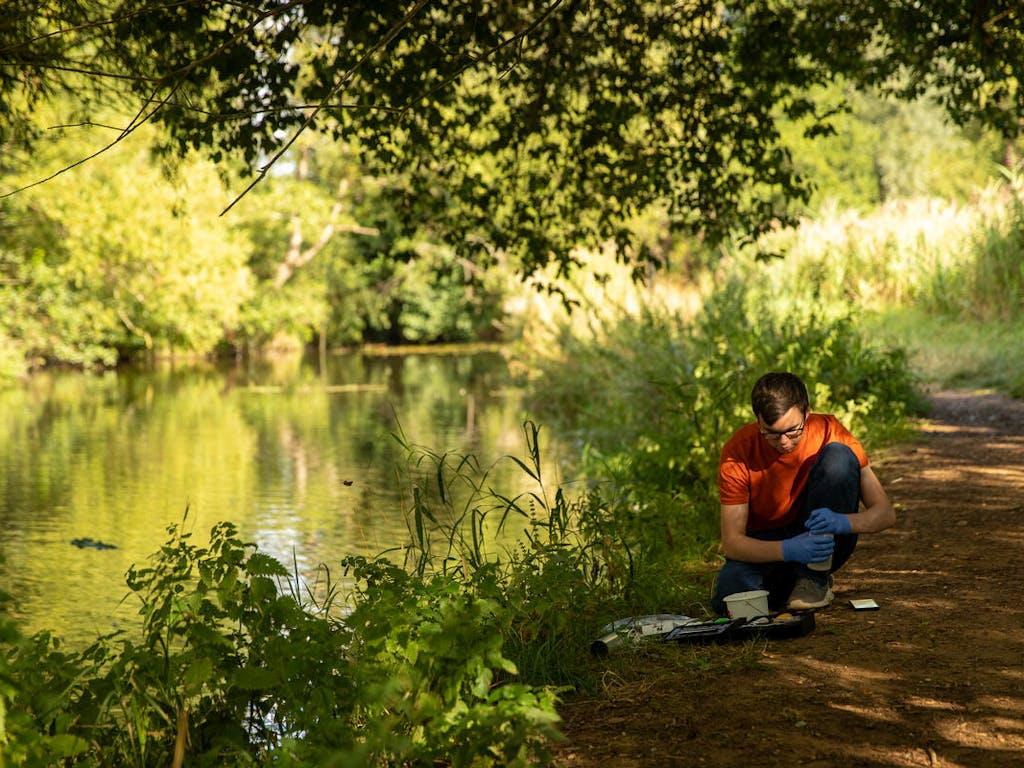

This type of planting next to rivers helps reduce the risk of flooding by slowing down the flow of water and providing space for any excess that might overflow during heavy rainfall.
As well as protecting our homes from flooding, restoring our rivers also provides fresh water for drinking and farming and supports some of the most iconic species of our wild isles, such as the kingfisher and beaver. Ultimately, the goal is to build more climate-resilient rivers and with them more resilient communities.
“Rivers and floodplains, when managed correctly, have an important role to play in protecting our communities and businesses from the impacts of climate change”
Ruth Needham, aquatic ecologist at the Trent River Trust
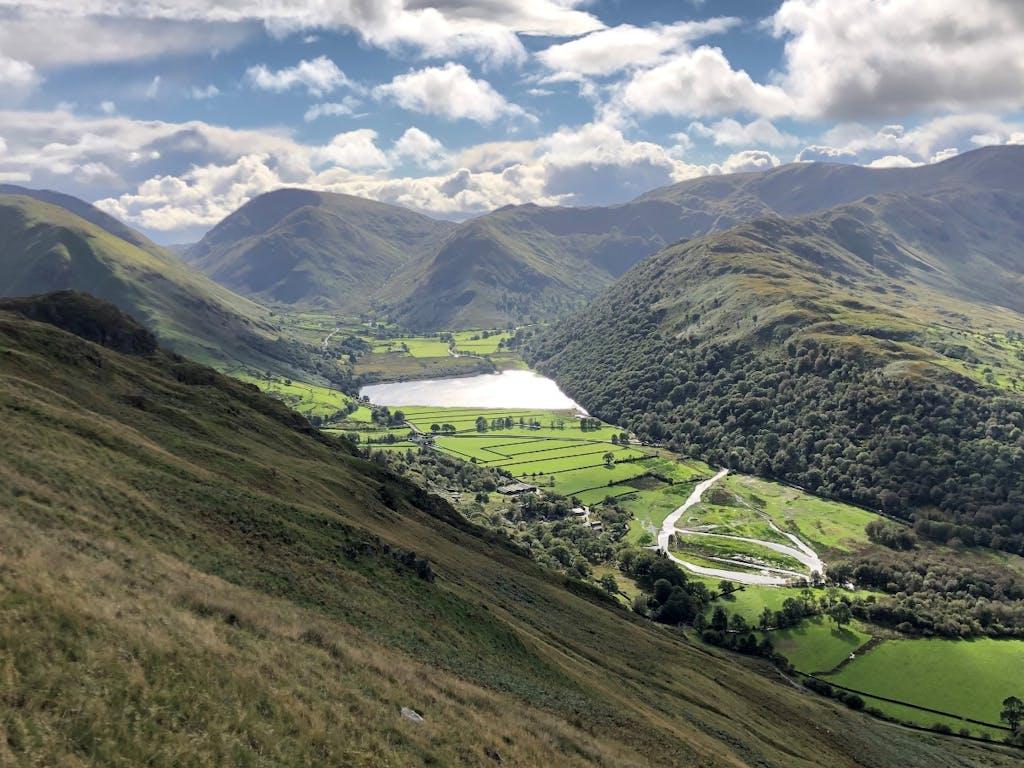

River restoration in the Lake District, England
Around Ullswater, the rivers flow through hill farms, wood pasture, alongside roads and through busy tourist villages. But these waterways are in trouble and recent major storm events – together with the catastrophic impact of Storm Desmond in 2015 – meant action needed to be taken to make the valley more resilient.
The Goldrill Beck river restoration was a project 20 years in the making. When Storm Desmond hit, it was time to put plans into action.
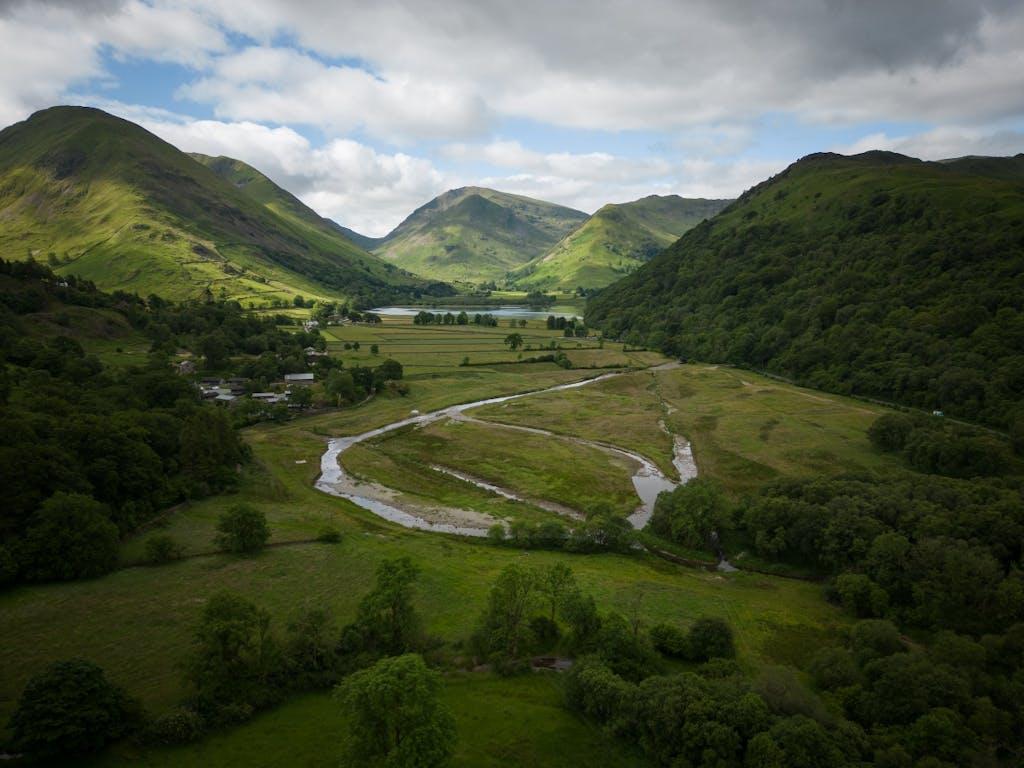

As part of the project, through a combination of re-meandering and removing embankments, the National Trust restored over 1.8km of river channel. They also re-connected the river to its floodplain, following a winding course across the bottom of the valley.
Slowing the flow to downstream communities and moving the river away from the nearby road has helped reduce the risk of flooding. What’s more, the Trust has provided improved habitats for fish, and encouraged floodplain flora and fauna including breeding waders and reptiles.
"By reconnecting Goldrill Beck with the land that surrounds it, and accommodating natural processes by removing old defences, we're equipping the river to manage the future impacts of climate change and extreme weather events"
Rebecca Powell, Goldrill Beck river restoration Project Manager
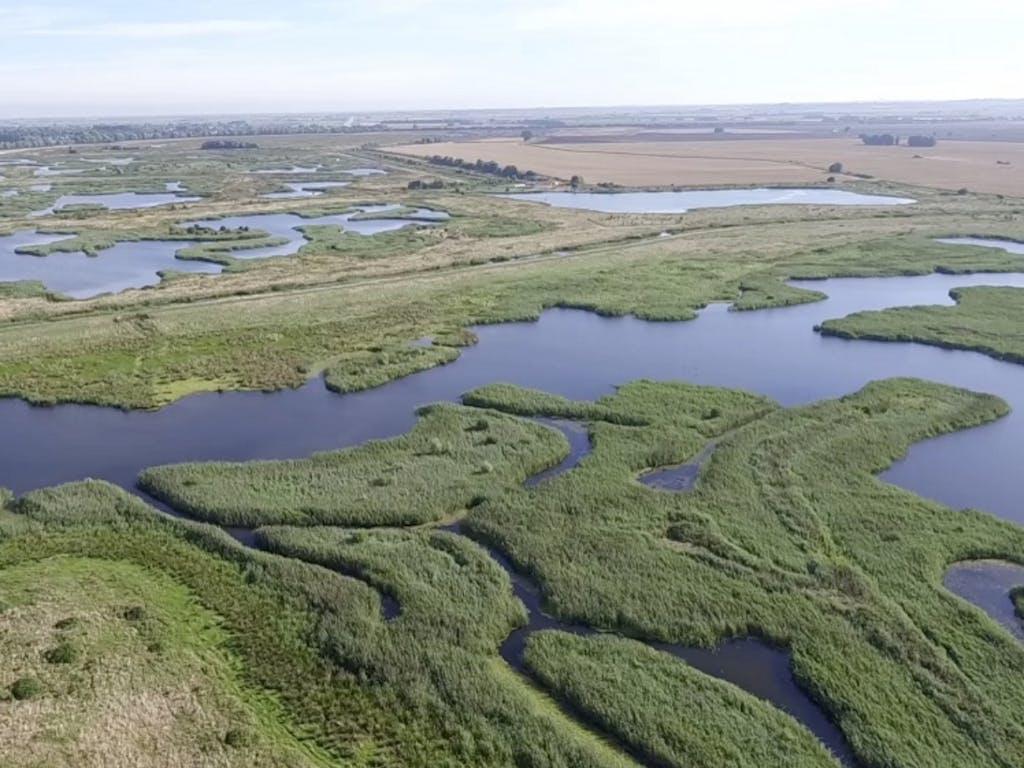

Wetland restoration at Ouse Fen, Cambridgeshire, England
In the Cambridgeshire Fens, the RSPB is working with Hanson UK, a leading supplier of heavy building materials, on an ambitious project at RSPB Ouse Fen to transform a working sand and gravel quarry into a vast nature reserve, benefiting wildlife such as marsh harrier, water vole, otter and a myriad of dragonflies. Once complete, Ouse Fen will become an expansive mosaic of wildlife-rich wetland habitat consisting of open water, grassland and what will then be the biggest reedbed in the UK.
Now, 20 years into the project, there’s much to celebrate: a nature reserve the size of 418 football pitches has been created with 19km of trails and 130,000 reeds planted by hand.
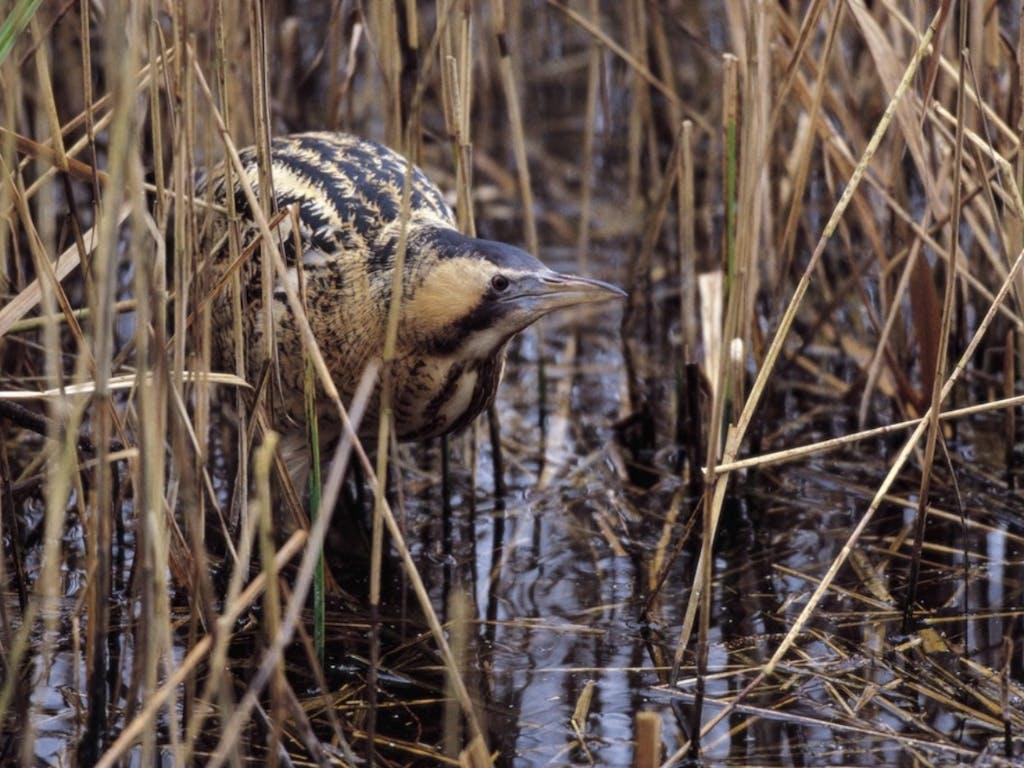

As well as welcoming around 20,000 annual visitors, the new reserve at Ouse Fen has also attracted the booming male bittern, a rare wetland bird that came close to extinction here in the UK but is now slowly recovering thanks to wetland creation projects across the country.
The project is an inspiring example of how partnerships between the commercial and nature conservation sectors can lead to exceptional habitat creation with far-reaching benefits for wildlife, communities and the local economy.
“I have taken pride in seeing the reserve develop over the years knowing that I have played a small part in this. To know that wildlife makes this reserve their home is comforting and gives hope for the future”
Sue, RSPB volunteer and local resident
People's Plan for Nature
Created by the people, for the people, the People's Plan for Nature calls for urgent, immediate action from everyone to protect and restore nature for future generations.









